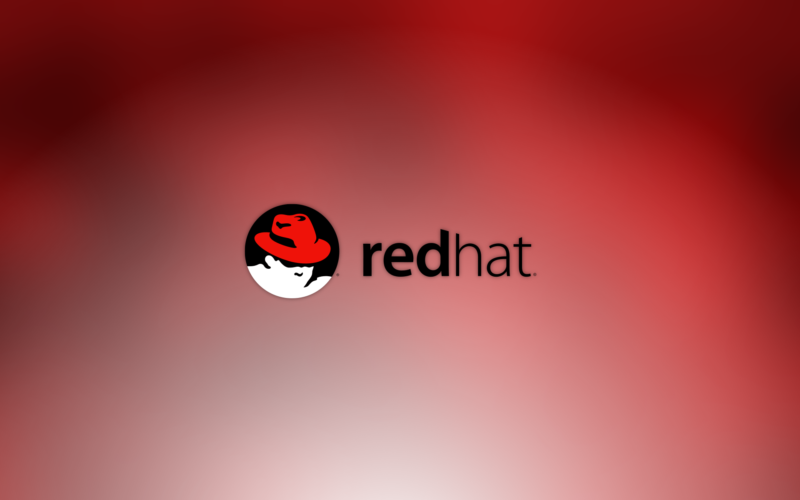
RHEL stands for Red Hat Enterprise Linux, an open source Linux distribution that is based on free, open source code.
One of the purposes of RHEL is to support workloads in virtualised and physical environments.
Initially released in 2000, under the name Red Hat Linux Advanced Server, it is based on free, open source code which has been made available for download. However, direct copying of the code is not allowed.
The distribution is aimed at the enterprise market.
In addition to supporting workloads in virtualised and physical environments, the RHEL operating system also supports those in cloud.
RHEL is released in server versions for X86, X86-64, IBM Systems z, and more. It is also available for mainframes, SAP applications, OpenStack, and desktops.
How many Fortune Global 500 companies use Red Hat?
The company pitches it as offering military grade security along with 99.999% uptime, support for business-critical workloads, and more.
Businesses can use RHEL extensions in order to help tailor application environments. The company offers things like extended update support, Red Hat Insights, and smart management.
Red Hat says that 90% of Fortune Global 500 companies use its products and solutions.






